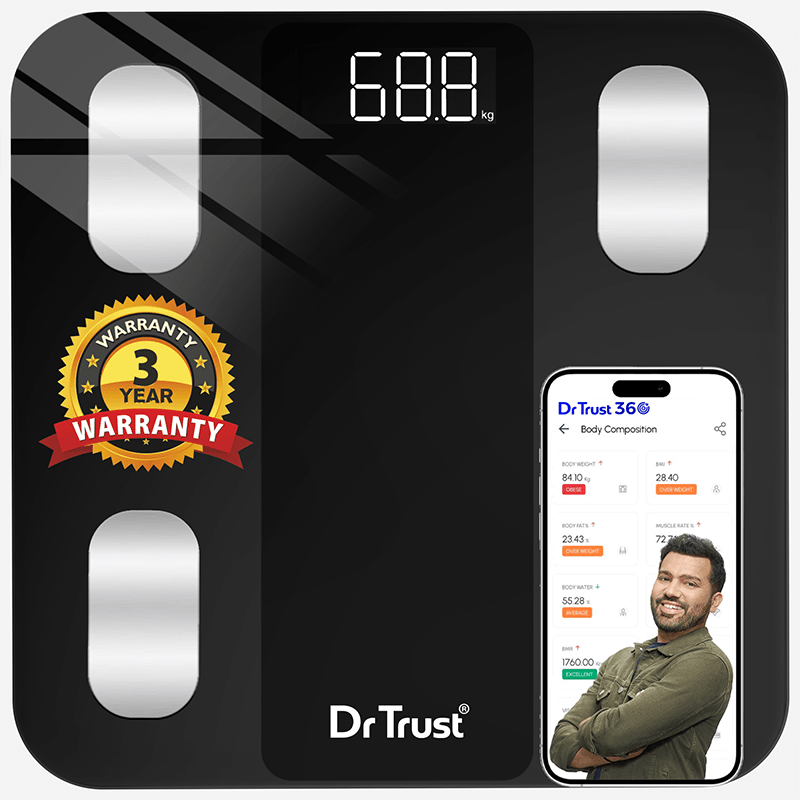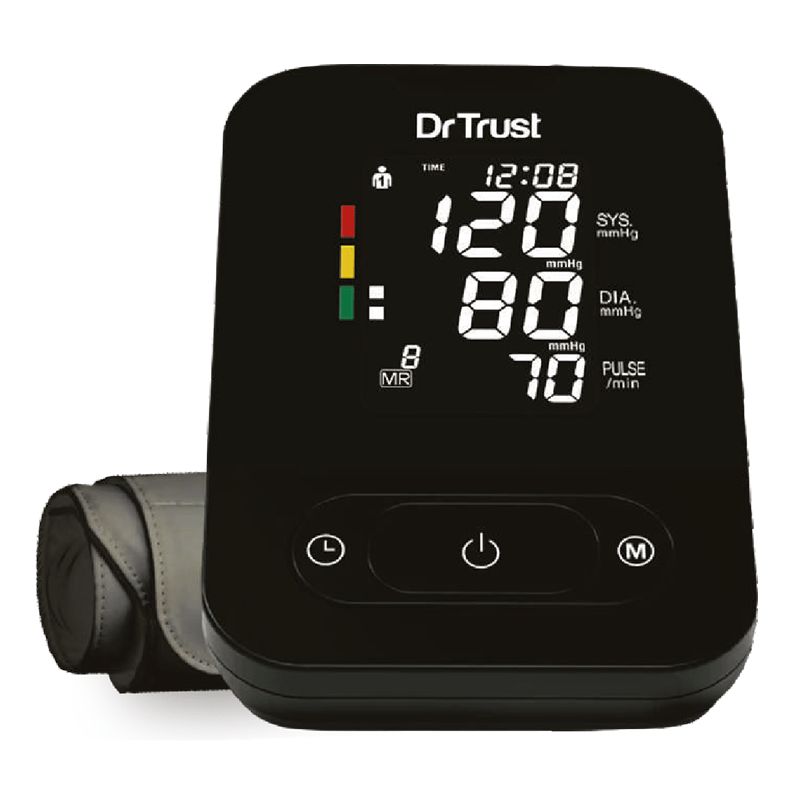The term snack is a broad term referring to the Ultra-processed, high-calorie items like desserts, candy, sweetened beverages, chips, and cookies. Snacks provide at least 10% of daily calories, with a frequency of eating about two snacks a day.6
Ultra-processed Salty snacks are the most popular choices among other snacks and the Indian market is flooded with so many irresistible options of salty snacks that it’s hard to choose a snack with the right nutritional value. Moreover, there are no particular criteria that differentiate snacks based on healthfulness. Nevertheless, it is considered that a snack, high in calories and poor in nutritional value is unhealthy.
Besides, choosing high-quality, nutrients dense snacks, and minimizing low-quality snacks can help in weight management rather than choosing snacks based on caloric value only.
Low-quality snacks are made of refined (white) grains, fried, with added sugar, high in saturated and trans fats, high in sodium, and high-glycemic-index. Trans fats are particularly dangerous and the worst kind of fats due to the increased risk of stroke and heart diseases. Saturated fats are another category of harmful fats that reduce insulin sensitivity, increases LDL (bad) cholesterol, and the risk of cardiovascular diseases. According to dietary guidelines for Indians, saturated fats intake should not exceed 8-10% of total energy.9
Furthermore, 2 unsaturated fats recommended to be included in the diet are monounsaturated fats and polyunsaturated fats, with 8-10% of energy intake from polyunsaturated and the remaining 8-10% from monounsaturated fats. These dietary fats contribute to keeping cholesterol levels in check. 9
Besides, excess sodium intake can also lead to hypertension. But, if your consumption is less than 3 g of salt per day, the chances are low that you suffer from hypertension.
On the contrary, protein, and fiber-rich snacks are of high quality in terms of health and give the highest satiety compared with snacks high in carbohydrates and fats.2However, according to Indian dietary guidelines, foods rich in complex carbohydrates are healthier than processed foods with low-fiber. 9
Let’s have a quick sneak peek at the nutritional evaluation of India’s most popular salty snacks to help you choose quality snacks.
Evaluation of Snacks with Healthy fats

Evaluation of Snacks with High Protein and High Fibre

Evaluation of Snacks with High and Low calories

|
Healthy fats snacks |
High protein and Fiber snacks |
Low calorie snacks |
|
Yellow diamond potato chips |
Haldiram’s roasted Peanuts |
Haldiram’s diet mixture |
|
Too yum multigrain chips |
Haldiram’s roasted channa |
Haldiram’s roasted channa |
|
Too yum classic salted chips |
Act II Popcorn |
Cornitos masala tikka
|
|
Cornitos masala tikka |
Bikano Bhujia |
Too yum multigrain |
|
|
Haldiram’s Bhujia |
|
Monosodium glutamate (MSG) is another food additive that should be taken care while purchasing a snack. It is a FDA approves food additive, used to enhance the flavor of many snacks and goes by the name “China salt” or “Ajinomoto“ in the Indian market. The addition of MSG to foods is generally recognized as safe (GRAS).
A standard serving of food should contain less than 0.5 grams of added MSG. Consuming more than 3 grams of MSG without food at one time can have short term effects on health such as headache, numbness, flushing, tingling, palpitations, and drowsiness.7 The long term effects include obesity, metabolic disorders, Chinese restaurant syndrome, neurotoxic effects and detrimental effects on the reproductive organs.8
Here are a few salty processed snacks available in the Indian market that you should not eat in excess due to added MSG:

- Pringles cheddar Cheese
- Pringles sour cream and onion
- Pringles Ranch
- Doritos
Snacking Tips for salt tooth:
Snacking when hungry is considered consumption of health-promoting food. While snacking without hunger due to unhealthy eating habits can lead to the consumption of fat, sugar, and sodium-rich foods and eventually promotes obesity and poor nutrition.1
Healthy Snacking is an important part of your diet if you are in a weight loss or weight management plan.5
Try smaller meals followed by nutrient-rich low calorie snacks every 3-4 hours.

In snacking, include more protein-rich almonds, cashews, pistachios, walnuts, peanuts, and trial mixtures.These nuts have high satiety values, with added nutritional value.3
Roasted fox nuts (Makhana) are nutrient-rich and low glycemic index snacks and are highly recommended for patients with obesity and diabetes.10 Better prepare your makhana in your kitchen and add a pinch of black salt for taste.
Ragi hips, Quinoa chips, Nutty chips, soy chips, and chia chips are gaining popularity in the Indian market due to their high fiber and high protein content which stands positive for weight loss.
Roasted Chickpeas are another high fiber, high protein and low calorie, low-fat option that should be suitable for your diet plan.11
Vegetable chips are other high fibre healthy options and are fully capable of replacing potato chips. Beetroot, taro, tomato, okra and bitter gourd chips are available in supermarkets and online grocery stores. Also, a healthy version of vegetable chips can be cooked at home with low sodium and healthy fat ingredients.

Popcorn is a better option than potato chips in terms of hunger management and calorie intake for weight loss.4
Considering snack is an add-on meal, not the main meal. The calories from snacking should not exceed 300 in a day.
Are you interested in more healthy snacking options?
Join thousands of others who are already benefitting from DrTrust360 Diet Plans without compromising on taste. Our nutritionists are always there at your service to make your fitness journey smooth even with your busy traveling schedule. Also, track and share your daily progress with our nutritionists for untroubled weight management.
Feel free to consult us anytime and get your diet plan customized according to your health status.














